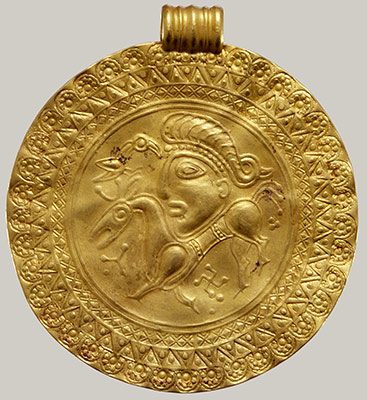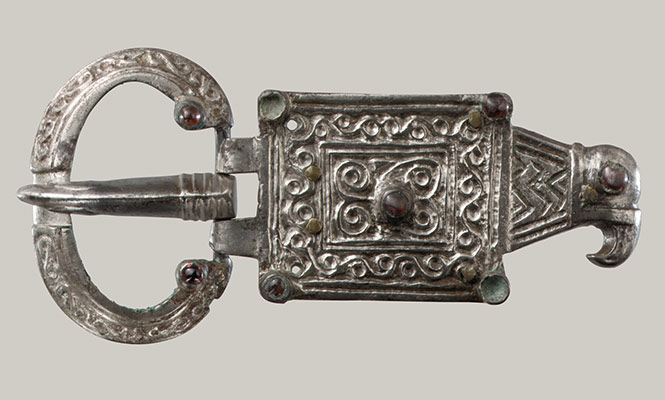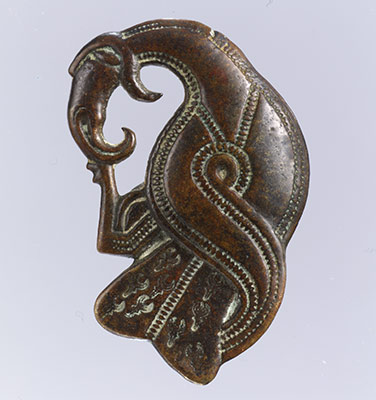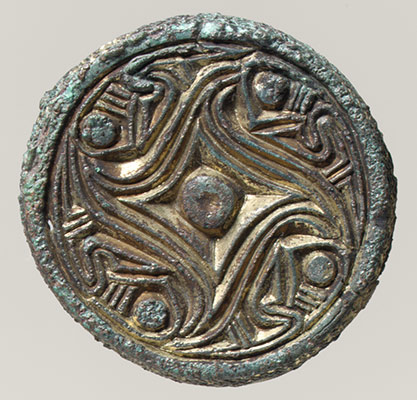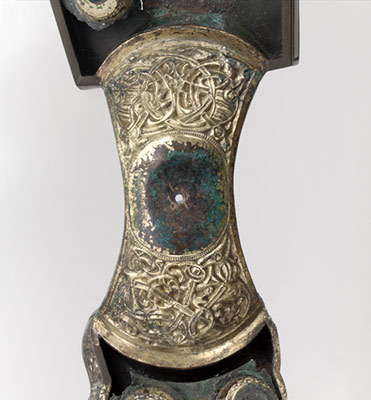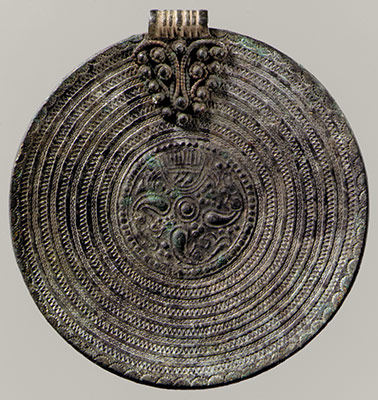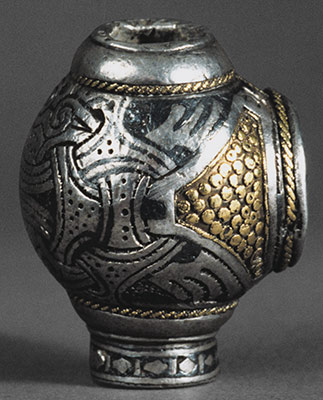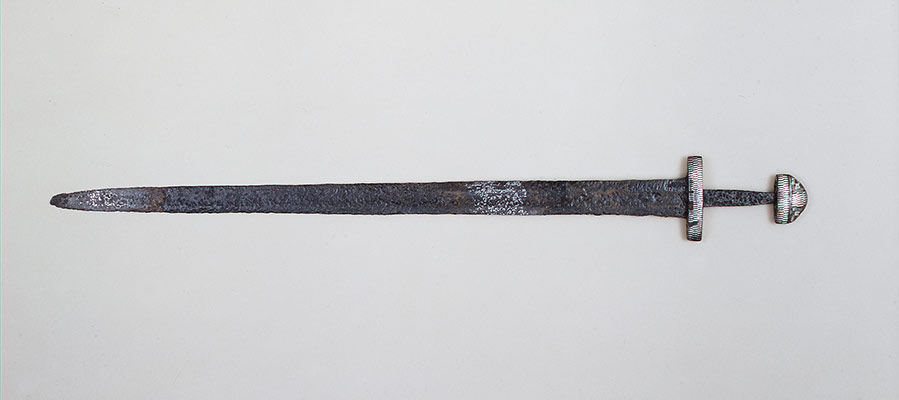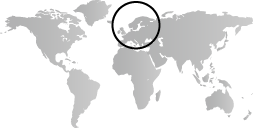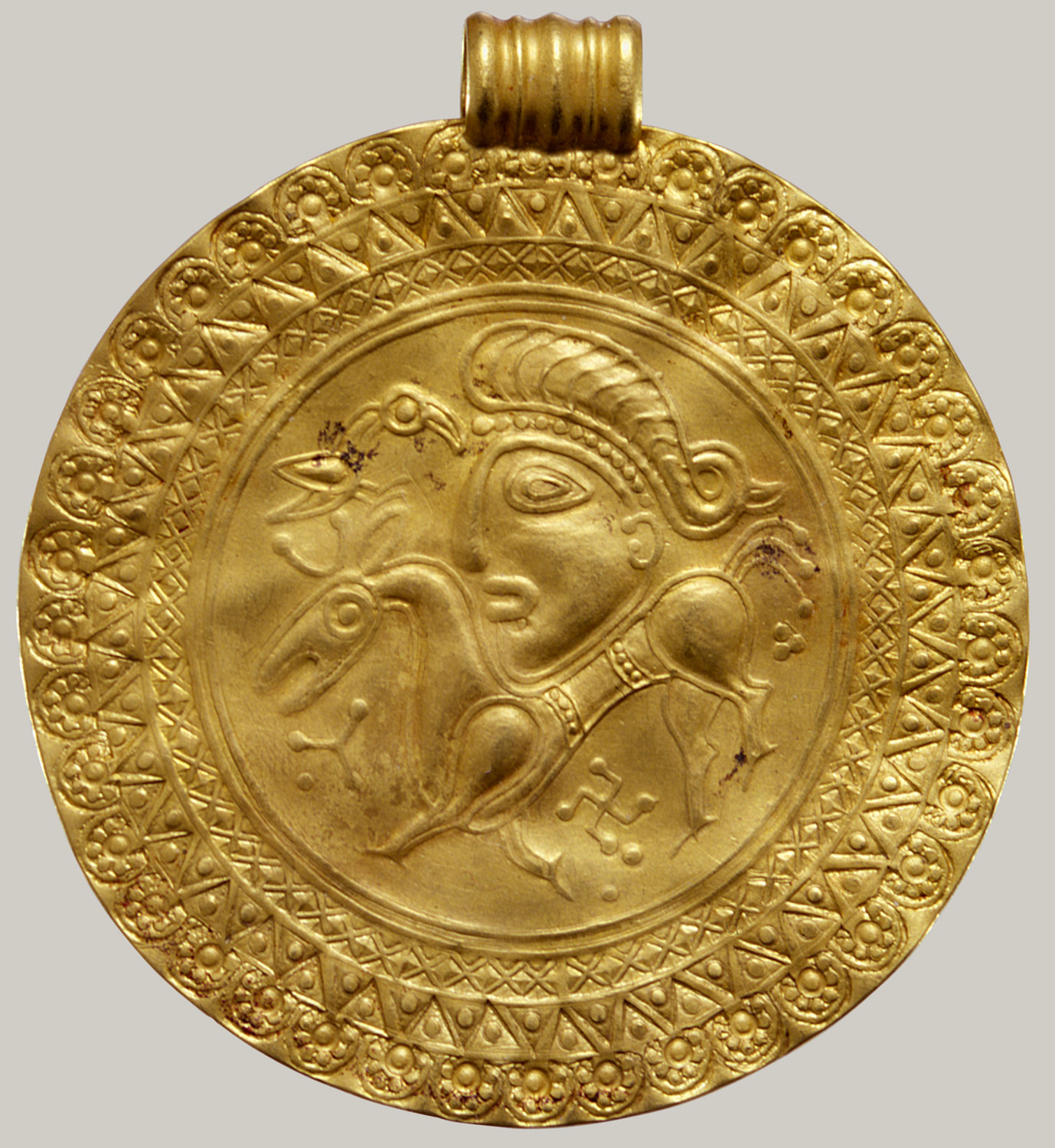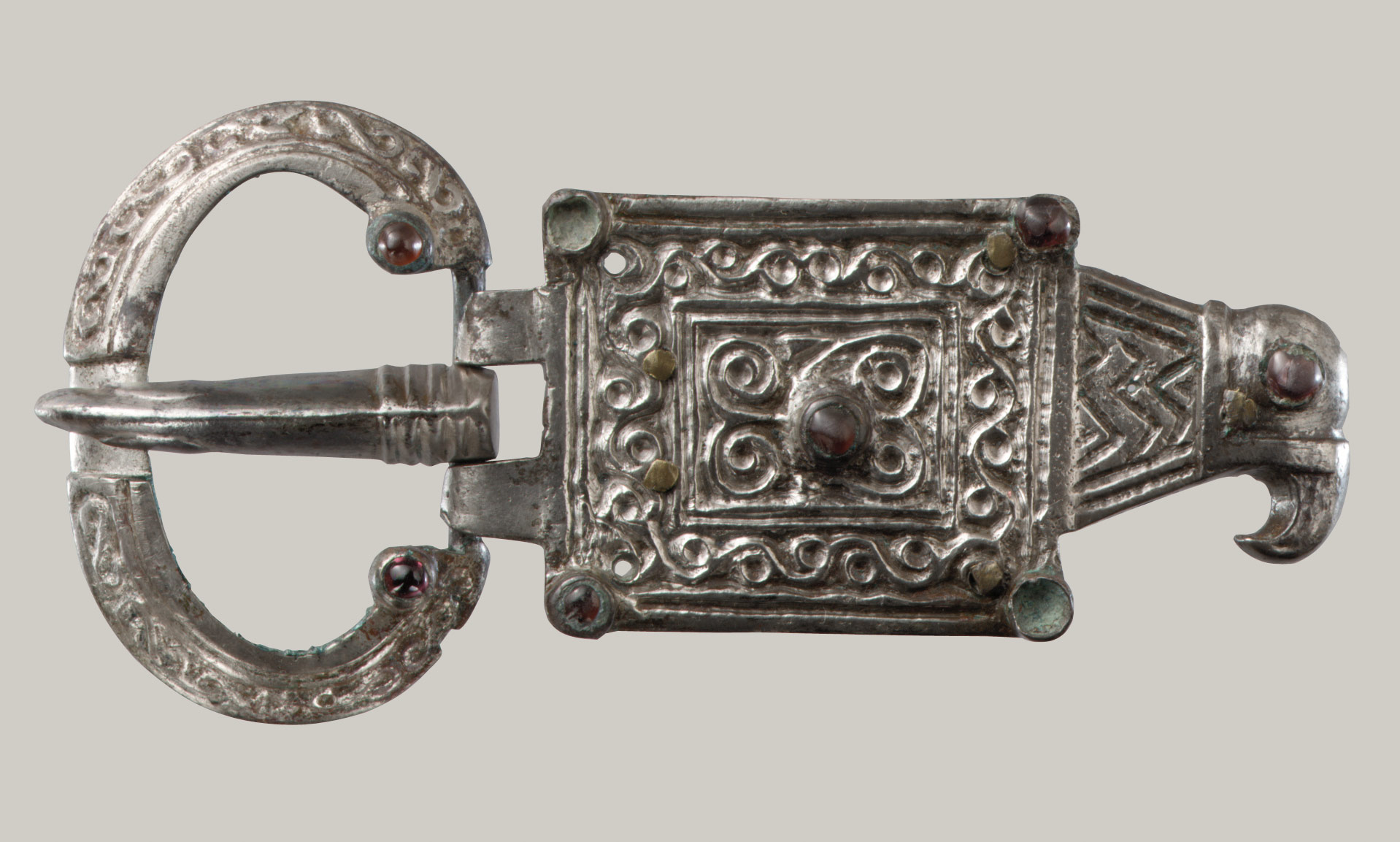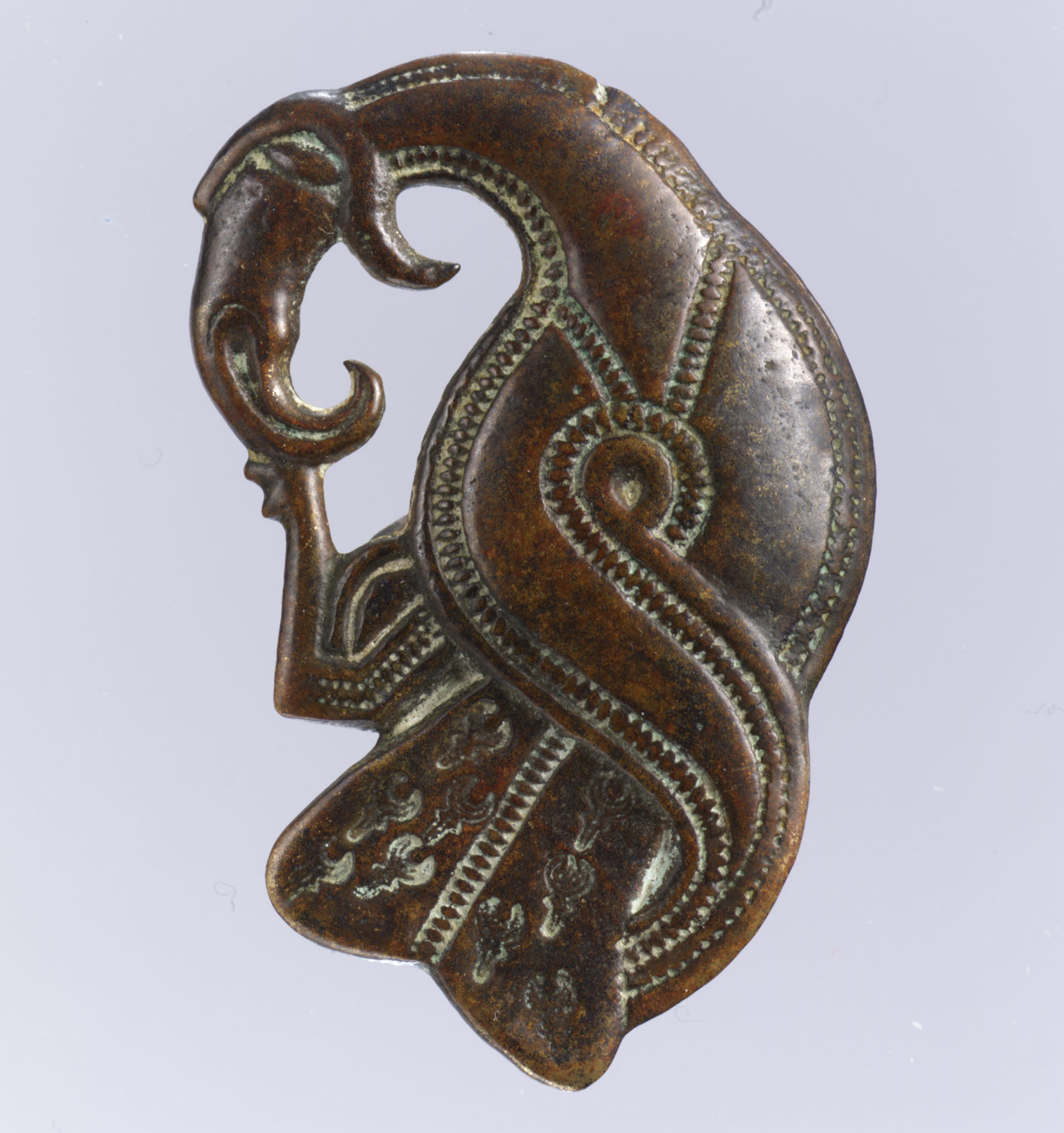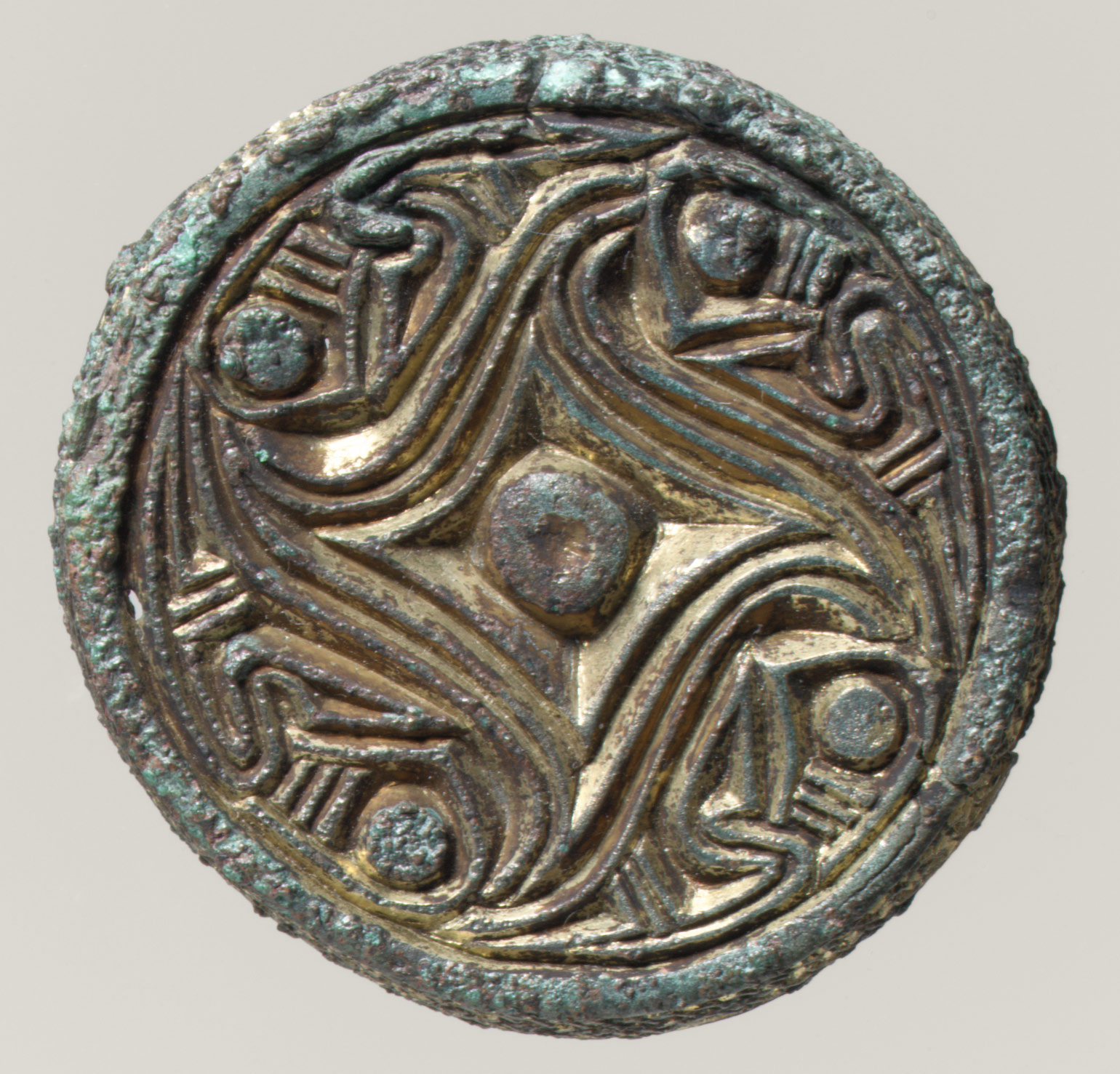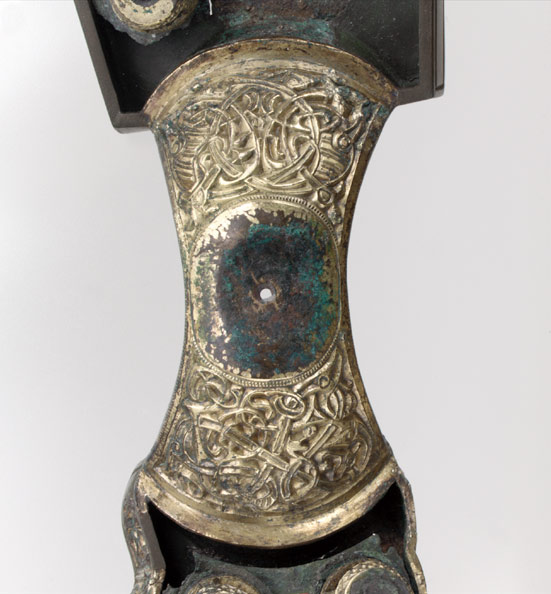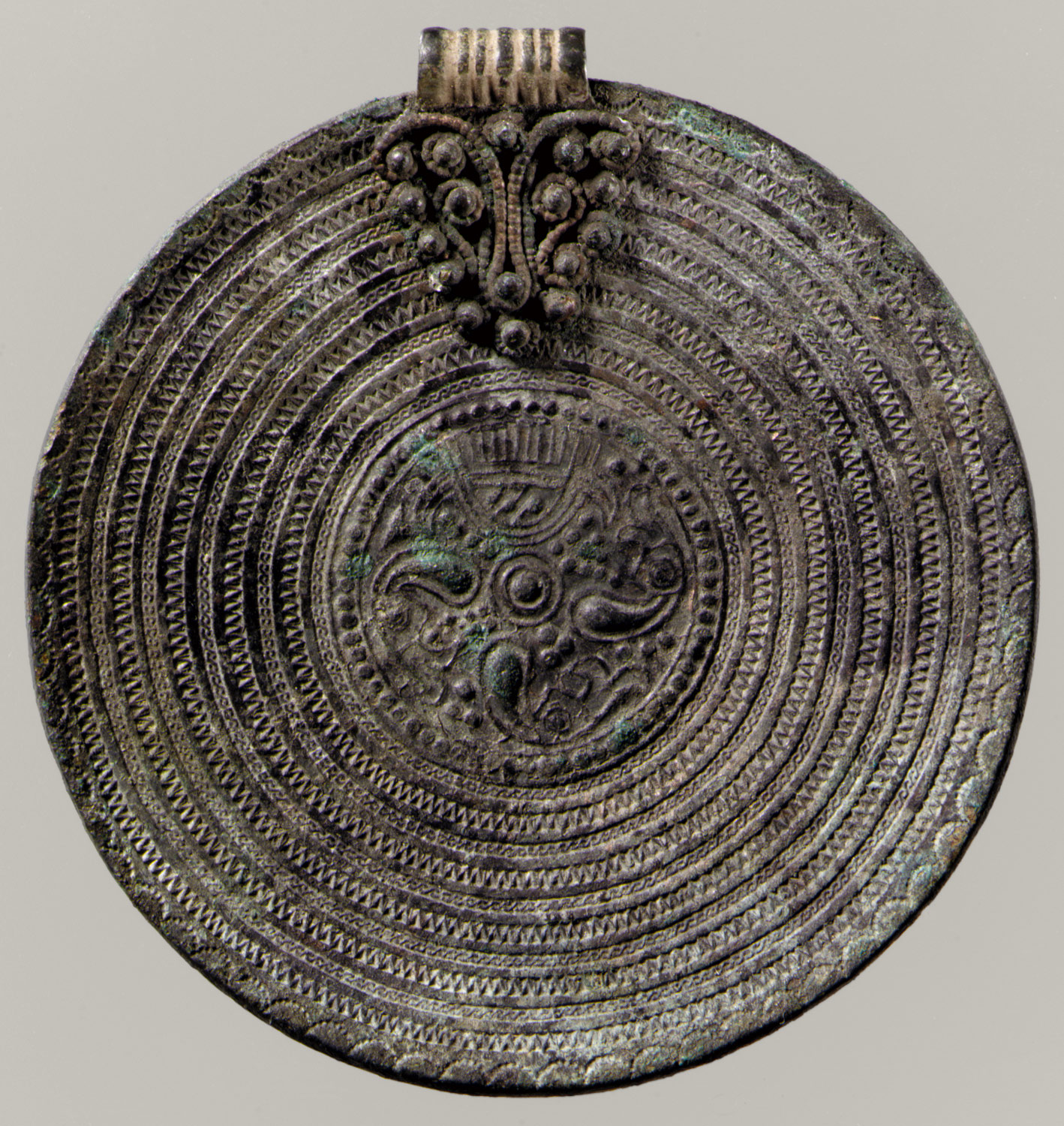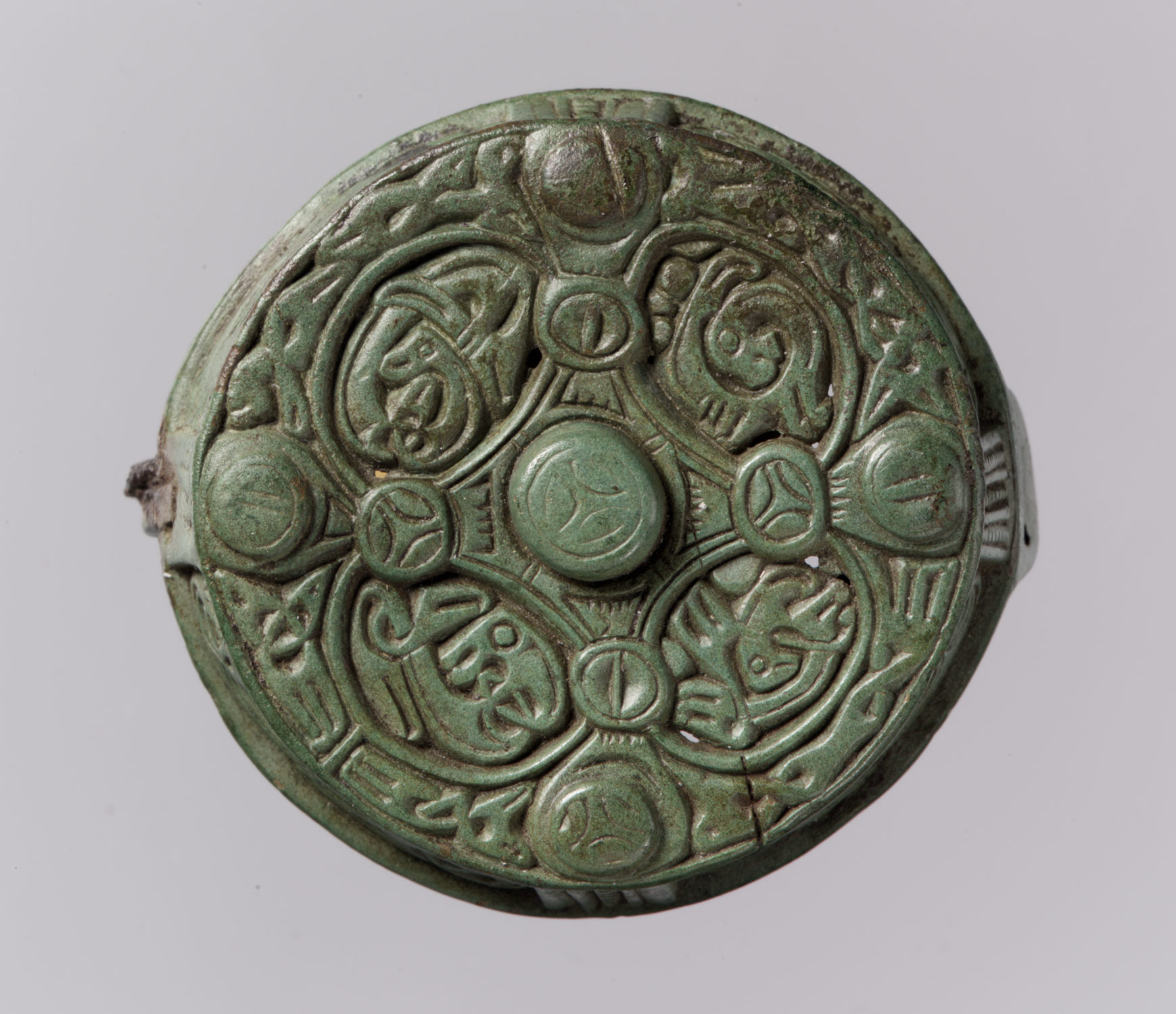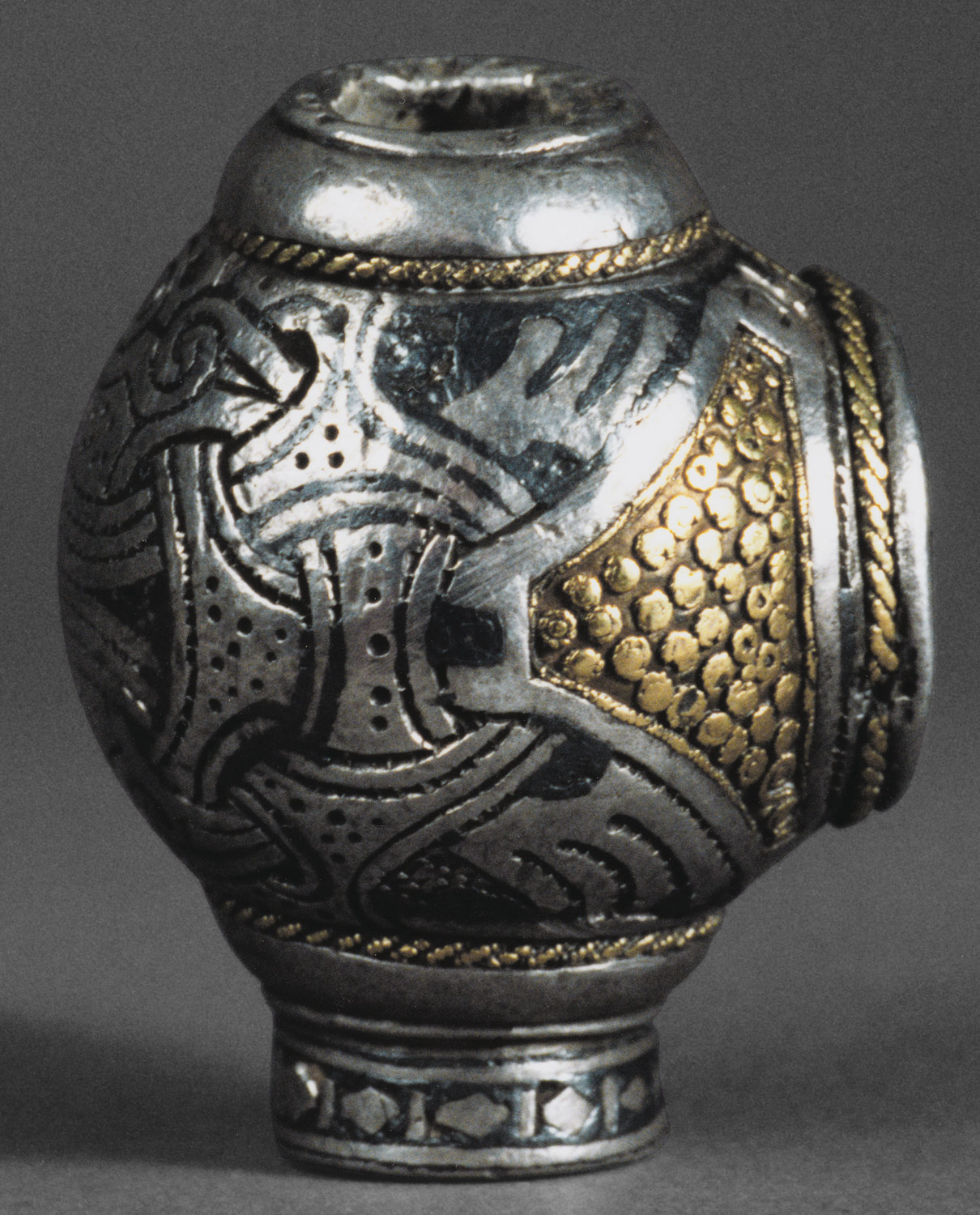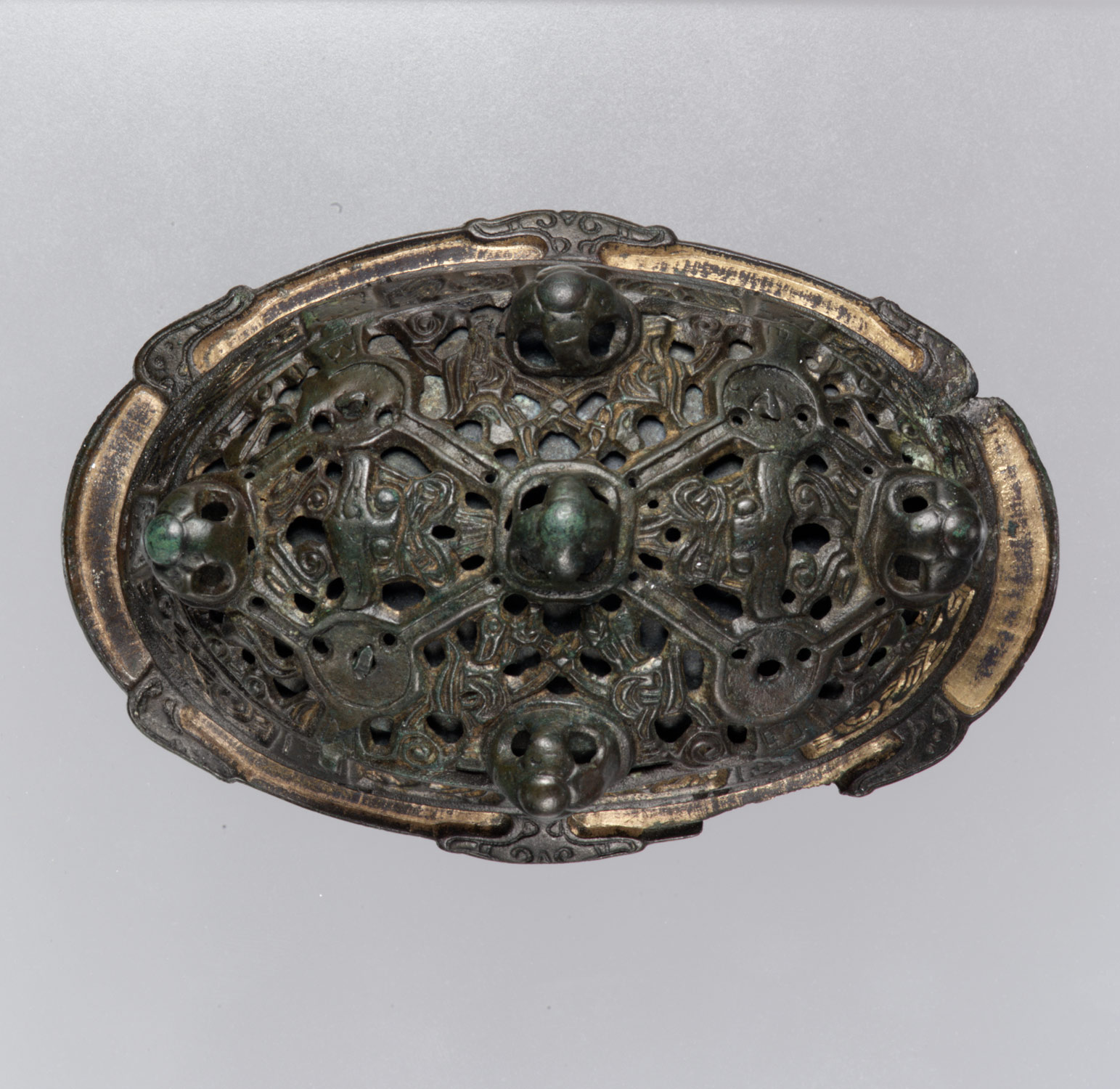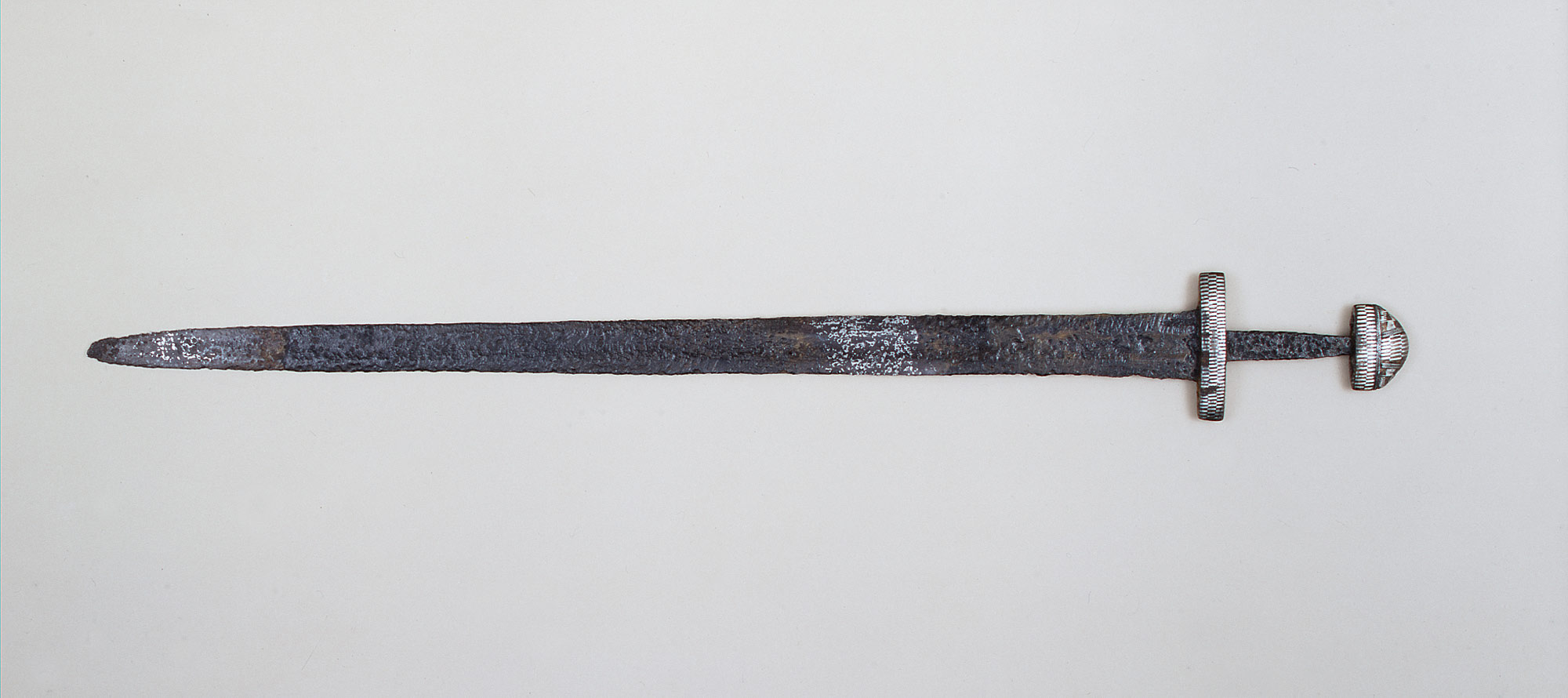Little is known of the early part of this period in Scandinavia and eastern Europe. Against the hardship of climate and topography, people in both regions establish a way of life but interact little with the centers of civilization to the south and west. By the late eighth century, however, bands of Scandinavians are active throughout Europe, raiding wealthy monasteries and sailing as far west as Newfoundland. Late in the period, Christianity spreads in both Scandinavia and eastern Europe.
Eastern Europe and Scandinavia, 500–1000 A.D.
Timeline
500 A.D.
625 A.D.
SCANDINAVIA
EASTERN EUROPE
625 A.D.
750 A.D.
SCANDINAVIA
EASTERN EUROPE
750 A.D.
875 A.D.
SCANDINAVIA
EASTERN EUROPE
875 A.D.
1000 A.D.
SCANDINAVIA
EASTERN EUROPE
Overview
Key Events
-
ca. 500
The Vendel culture of Scandinavia develops on the outskirts of the crumbling Roman empire. Their mythology reflects their way of life in a land of harsh conditions, sparse settlement, and limited resources. The chief of the Norse gods, Odin, is a warrior and a prophet, the patron of aristocrats and poets. Thor, the smith who maintains order with his thundering hammer, is the favorite god of farmers and craftsmen. Freyr, whose emblems are the boar and the ship, is the god of fertility. The heroic dead, it is believed, go to Valhalla, where they fight every day and feast every night until Ragnarok, the day of destruction, which the gods anticipate with fatalistic resignation. The ancient Scandinavians invent extraordinary creatures such as the eight-legged horse of Odin, the wise ravens that sit on his shoulder, and the Midgard serpent that encircles the earth and bites its own tail. Vendel art features animals perhaps adapted from myth.
-
ca. 600
The Slavs move westward into Bohemia and Pannonia, pushed by the Avars to the east. They live in small remote villages, isolated from one another and from developments elsewhere in Europe.
-
793
Viking seamen from Scandinavia raid the monastery of Lindisfarne in Great Britain and Ireland. Over the next three centuries, the Vikings attack sites all over Europe. Sound ships and unmatched navigation skills help the Vikings to make long voyages. A Viking visitor to Greece scratches an inscription in runes, an ancient Scandinavian form of writing, on a stone lion in the Piraeus, and Viking adventurers establish settlements on the coasts of Greenland and Newfoundland. They also sail down the Dnieper River to the Black Sea, and to Constantinople, where some serve in the imperial guard.
-
ca. 850
A young woman is buried with an older one, perhaps her servant, in a Viking ship at Oseberg in southern Norway. The vessel is a fine example of Viking shipbuilding, constructed for sailing and only later used for burial. The ship is filled with rich grave goods, jewelry, textiles, and intricate carvings. Many exhibit interlace ornament, a decorative system of curved lines weaving over and under each other and sometimes terminating in animal heads. Used in Viking jewelry, furniture, ship timbers, architecture, and later, illuminated manuscripts, interlace produces exceptionally rich ornamental patterns independent of geometry.
-
ca. 860
According to legend, Prince Rurik is called from Scandinavia to rule the eastern Slavs. Over time, Vikings assimilate with local populations, forming the kingdom of Rus’, with its capital at Kiev. Kievan Rus’ maintains a complex relationship with Byzantium to the south, at times engaging in lively trade and at others attacking its capital, Constantinople. The art and architecture of Kievan Rus’ reflect the profound influence of Byzantine motifs and techniques.
-
960
Harald Bluetooth, king of Denmark, unifies his kingdom and adopts Christianity, erecting a carved stone at Jelling to commemorate his conversion. It features a runic inscription and an image of Christ surrounded by interlace. The other Scandinavian kingdoms slowly convert to that religion, which becomes dominant by the eleventh century. Echoes of Viking art and tradition resound long afterward.
-
988
Grand Prince Vladimir adopts Orthodox Christianity as the religion of Kievan Rus’. Before making the decision, he also considers Islam and Catholicism and sends embassies to investigate the various religions abroad. His ultimate choice affirms his sympathies with the Byzantine empire and his desire to unify his heterogeneous realm. To celebrate the new faith, the king undertakes the building of several churches in a style adapted from Byzantium.
Citation
“Eastern Europe and Scandinavia, 500–1000 A.D.” In Heilbrunn Timeline of Art History. New York: The Metropolitan Museum of Art, 2000–. http://www.metmuseum.org/toah/ht/?period=06®ion=eue (October 2001)
